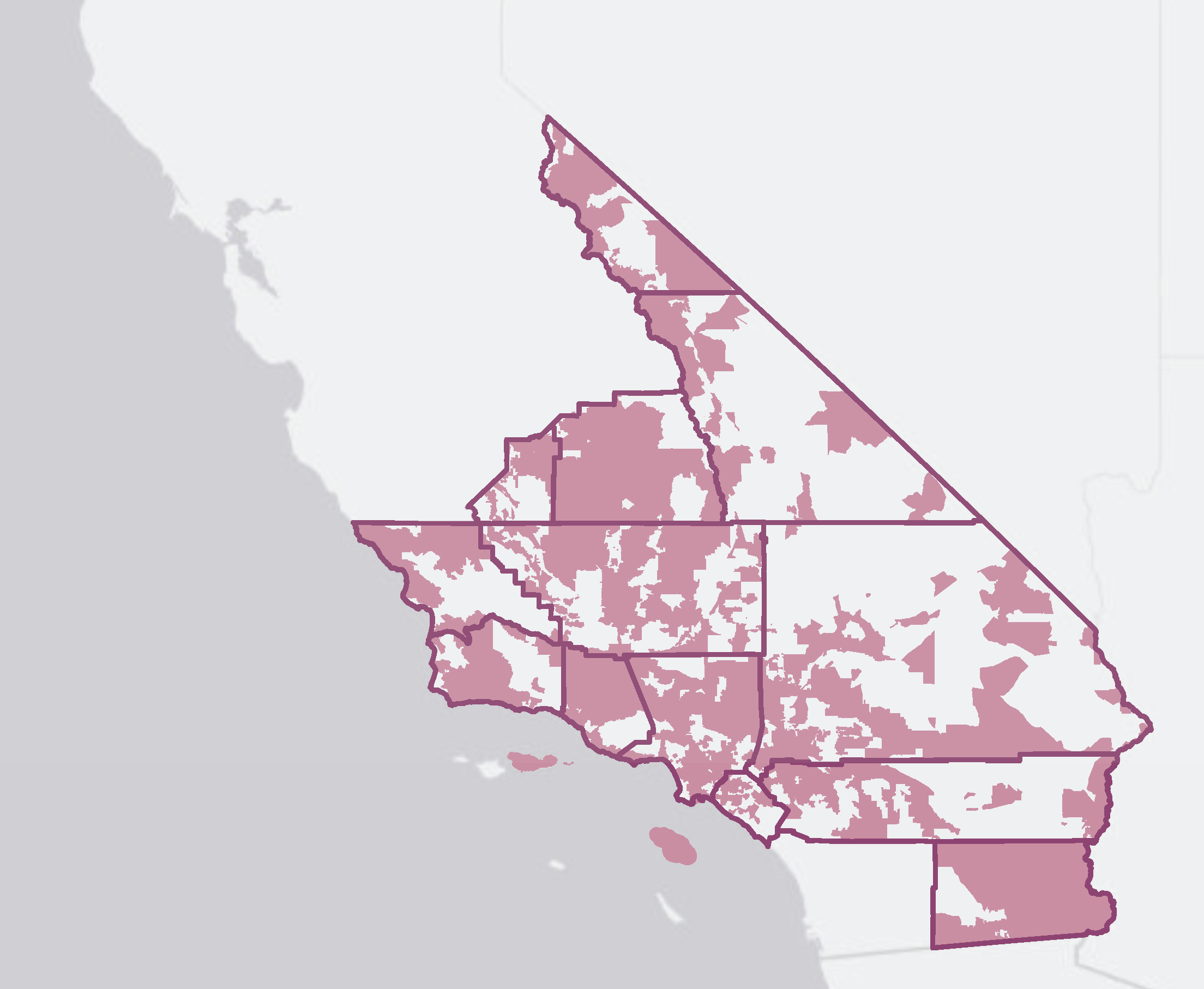Services for Underserved Communities
SoCalREN Public Agency Programs offer customizable services to help public agencies throughout Southern California reduce energy costs through energy efficiency improvements. We are dedicated to ensuring that members of low-income, rural, hard-to-reach, and underserved communities are not left behind in the inevitable and accelerating transformation of our energy future. We understand that public agencies that serve these communities may have additional barriers to energy efficiency and continue to prioritize services for them and offer several exclusive services specific to low-income, rural, and disadvantaged communities, including analysis of and support for distributed energy resources (DER) and other sustainability strategies projects through our Pathway to Zero Program.
What is an “underserved” community?
We use the term underserved to refer to communities with barriers to completing energy efficiency projects, such as lack of financial resources and geographic isolation. We identify these communities using the following criteria:
- Underserved communities: defined by CalEnviroScreen 4.0, a screening tool developed for CalEPA that incorporates a number of indicators based on geographic, socioeconomic, public health, and environmental hazard criteria. Learn more about CalEnviroscreen here.
- Low-income communities: based on the California Department of Housing and Community Development’s definition of very low-income communities. Details of the California Department of Housing and Community Development’s income methodology can be found here.
- Title 1 schools: identified by the California Department of Education.
- Rural communities: identified via the Rural-Urban Commuting Area (RUCA) code assessment.

 SoCalREN Eligible Service Territory
SoCalREN Eligible Service Territory